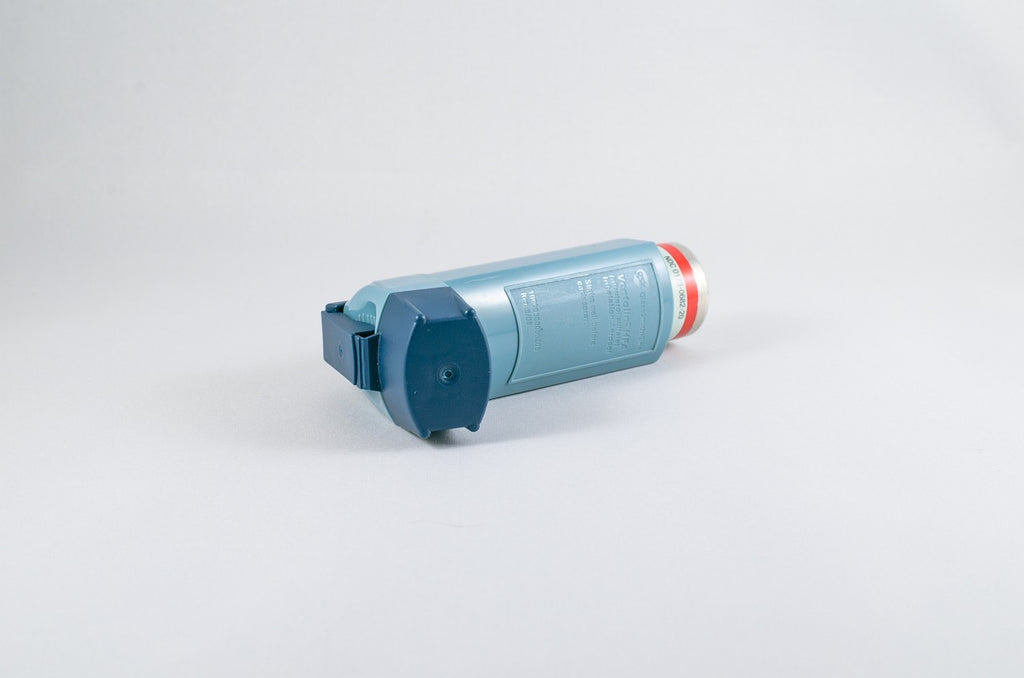What Is Thunderstorm Asthma and How To Protect Your Home From It
Posted on by Online Carpets
Thunderstorm asthma is a condition that was first spotted in the UK in 1983, with many Brits reporting asthmatic symptoms despite not suffering from the condition.
This strange medical condition can be triggered by strong winds from thunderstorms pulling high levels of pollen into the air, and breaking them down into smaller particles that can be breathed in more easily.
So how long does thunderstorm asthma last? Like any asthma flare up, this can last anywhere from a few minutes to a few hours - even days in severe circumstances.
To help with this, our team at Online Carpets have put together their top 5 tips to help prepare and protect your home from those pesky pollen invaders - whether you already have an asthma diagnosis or not.
1. Stay indoors
It may seem simple, but staying indoors is a good first step to avoid these symptoms, especially if you already suffer from asthma.
If you don’t need to leave the house during a storm, try not to unless absolutely necessary, however, if you do need to make a quick trip outdoors, wear a mask to protect your mouth and nose from breathing in any allergen particles.
2. Secure your home, and remember to clean upholstery
Thunderstorms can bring strong gusts of wind, so it’s important to secure your home to stop the air from entering buildings unwanted.
Close all doors and windows, and purchase some draught blockers to cover any gaps that could allow the air inside. Additionally, if you have air conditioning, set it to re-circulate to have a steady flow of fresh air, and clean any surfaces that the pollen may have escaped onto.
As well as this, remember to clean your floors as often as possible. If any wind does enter your home, the pollen particles that come with it can stick to upholstery surfaces and carpets in particular.
It may also be useful to invest in some vinyl flooring or laminate flooring, as these surfaces are easier to clean, and less likely to trap pollen due to its non-porous material.
3. Take precautions with clothes and shoes
Sometimes going outdoors is inevitable, as we may need to do the weekly shop, or take our pets out for a walk.
When re-entering the house, take off your coat and shoes and leave them in an area where potential pollen particles can’t spread, or clean them immediately.
As well as cleaning your clothes and shoes, clean any floors that these items may have touched, as pollen can fall off onto the surfaces, and potentially trigger an allergic reaction.
4. Take regular showers and wash your face often
Taking regular showers and washing your face is a great way to cleanse your skin from any pollen particles, especially if you’ve just come into your home after braving the outdoors,
This ensures that all possible allergens are washed away, and can’t affect yourself or other people in the household by lingering on your skin, and spreading into the air.
If you’ve just returned from a walk with your furry friend, it may be useful to give them a bath as well, as the pollen particles can stick to their fur.
If you’re struggling with your pet and having carpets in your home, check out or guide on how to clean pet mess here.
5. Seek medical advice if necessary
There are available medications to combat the effects of asthma and hayfever, and some over-the-counter medication such as antihistamines could really benefit your health in this case.
If you are suffering from severe symptoms, or need some help or advice, seek medical guidance from a professional, such as a GP or visit your local hospital.
